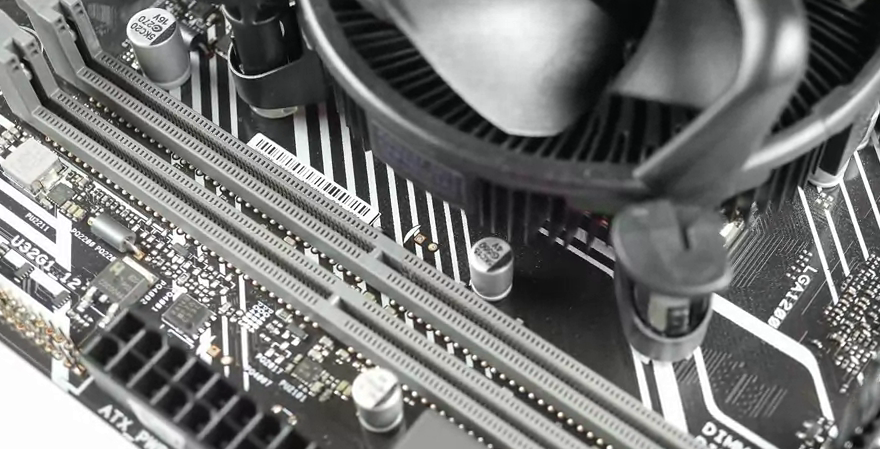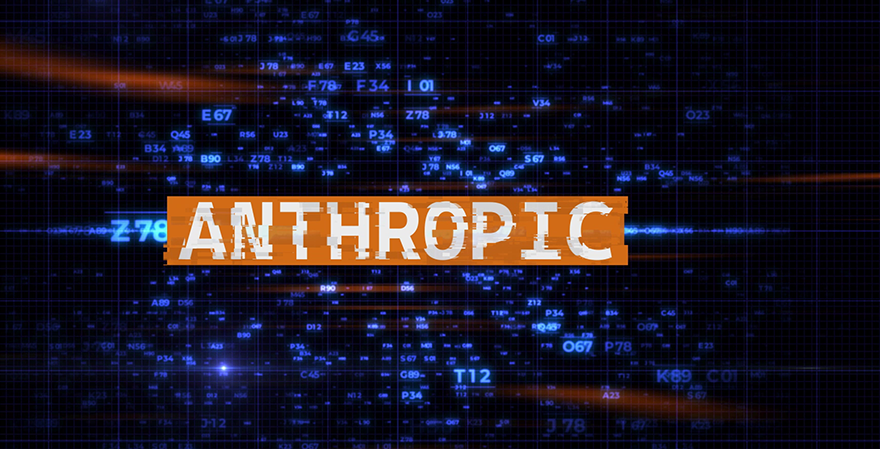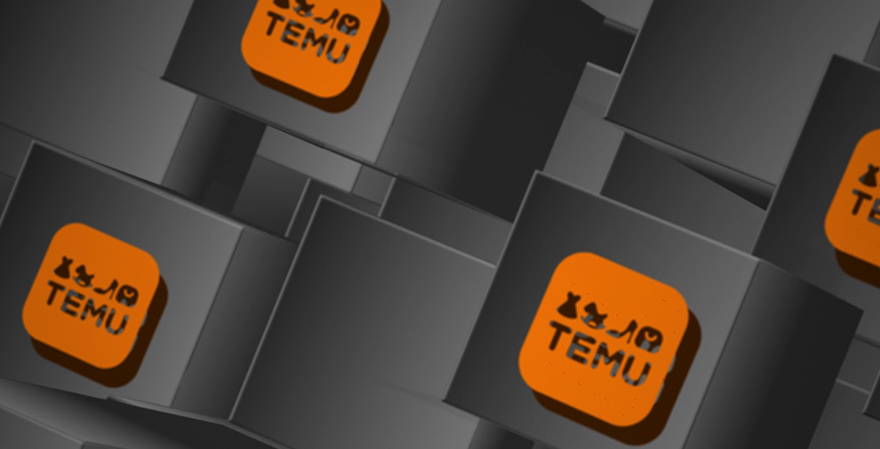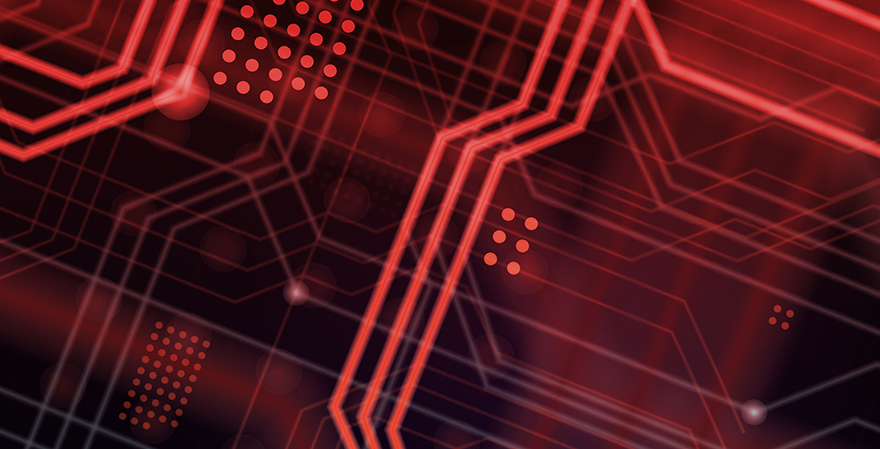Nvidia Files 'NVCOMP' Trademark as It Accelerates R&D and Eyes the Post-Chip Era
 Nov/10/2025
Nov/10/2025
On October 28, Nvidia filed a trademark for 'NVCOMP', a suite of software tools designed for data compression using graphics processing units. The filing comes as Nvidia sharply increases R&D spending to nearly $13 billion and positions itself for a computing landscape that could transcend traditional chips through wafer-scale integration technologies pioneered by Cerebras and others.
Nvidia’s latest US trademark, 'NVCOMP', covers a broad range of downloadable and cloud-based software libraries for data compression and decompression using GPUs. The application also includes software development tools and non-downloadable services, highlighting Nvidia’s strategy to deepen its software ecosystem alongside its hardware leadership. The move signals an effort to consolidate its dominance in data-intensive computing, optimizing how large-scale AI models and data centers handle complex workloads. 'NVCOMP' could become integral to Nvidia’s data-processing architecture—enhancing efficiency across supercomputing, cloud infrastructure, and AI-driven applications.
Nvidia’s record $12.9 billion investment in research and development in fiscal 2025 underscores its ambition to remain the vanguard of computing innovation. Yet the company now faces a rapidly shifting technological frontier. Emerging firms such as Cerebras and Lam Research are pushing beyond the physical limits of the microchip with wafer-scale architectures capable of trillions of transistors. Cerebras’s WSE-3, for instance, integrates memory directly onto the wafer and delivers bandwidths far exceeding Nvidia’s flagship Blackwell GPU. As wafer-scale processors begin to replace densely packaged chips, the post-microchip era appears imminent—one in which America’s leadership in advanced computation could hinge on how swiftly companies like Nvidia adapt their hardware and software to this radical new model of processing.






















